JCphoto
TPF Noob!
I'm confused as to the difference between using program mode and using aperture or shutter priority.
It seems to me that program mode is like having both aperture and shutter priority at the same time. The only thing that would make sense to me is if program mode restricts control over something im not aware of, though any camera manual I have checked just mentions aperture and shutter speed.
thanks for the help!
It seems to me that program mode is like having both aperture and shutter priority at the same time. The only thing that would make sense to me is if program mode restricts control over something im not aware of, though any camera manual I have checked just mentions aperture and shutter speed.
thanks for the help!


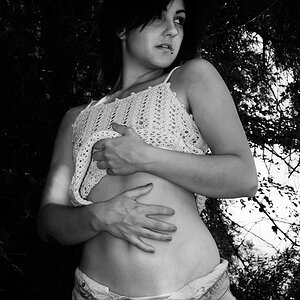
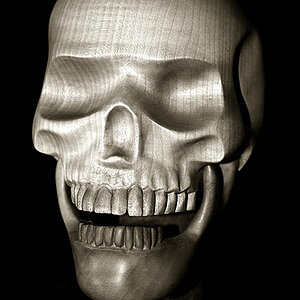

![[No title]](/data/xfmg/thumbnail/41/41936-6640bf1c1d4b16a38584d756ef285c5e.jpg?1619739947)
![[No title]](/data/xfmg/thumbnail/36/36675-f6965e1e6c1fa2be4ff0460e9657fe99.jpg?1619737676)
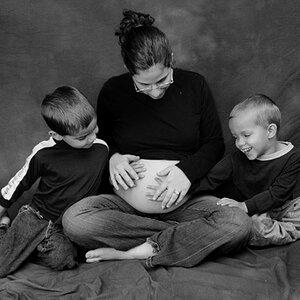

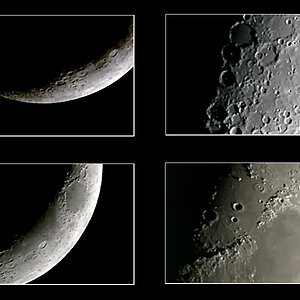
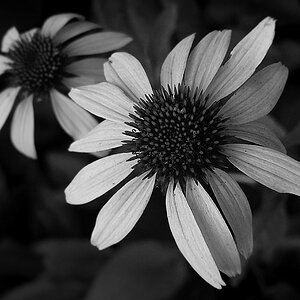
![[No title]](/data/xfmg/thumbnail/41/41935-851da2b46dc9cbb829c8c42b2aa84873.jpg?1619739947)
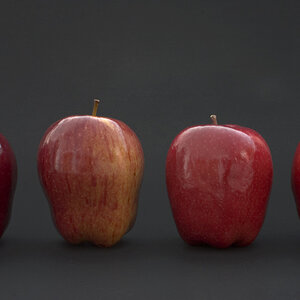
![[No title]](/data/xfmg/thumbnail/37/37603-739c5d9b541a083a12f2f30e45ca2b7b.jpg?1619738147)